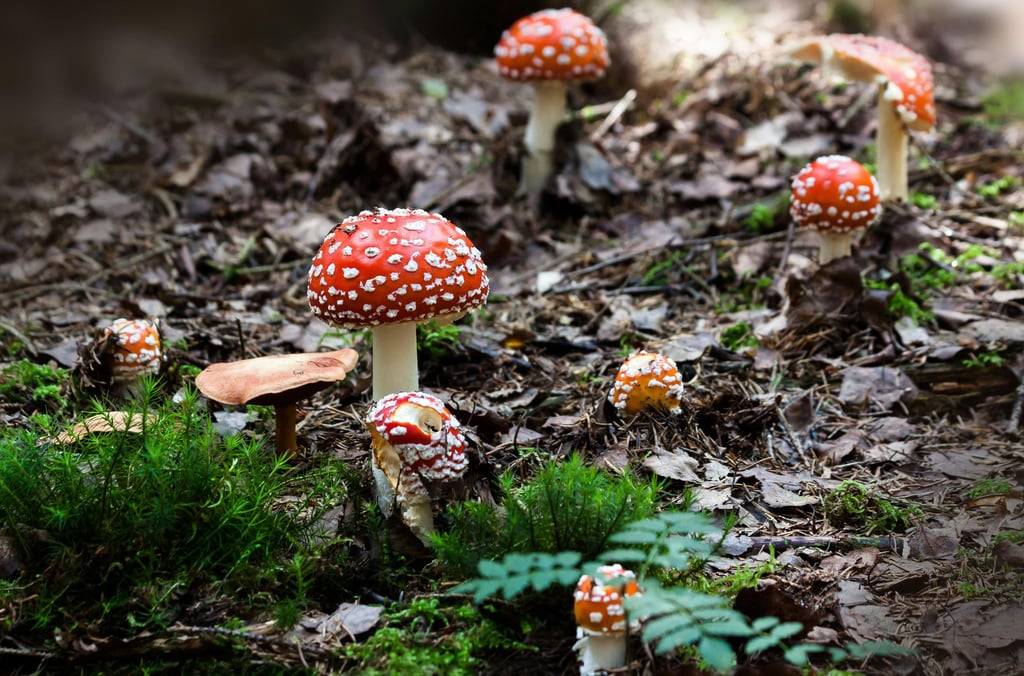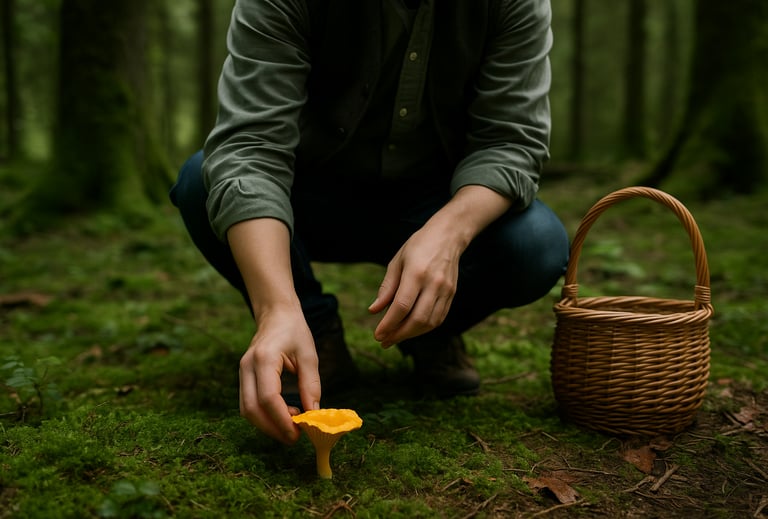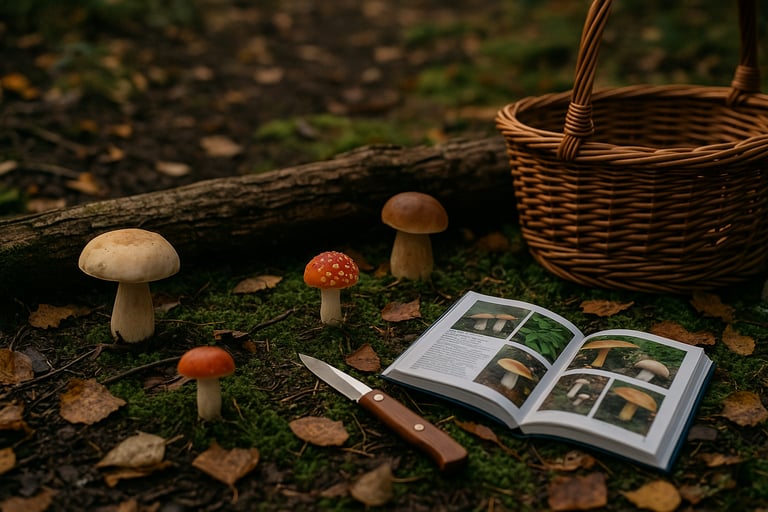Mushroom Foraging for Beginners: What You Need to Know Before You Pick
Mushroom foraging for beginners made simple. Learn how to safely identify edible wild mushrooms, avoid poisonous lookalikes, and start your mushroom hunting journey with confidence using this beginner’s guide.


Mushroom Foraging for Beginners: What You Need to Know Before You Pick
Why Mushroom Foraging Can Be Rewarding — and Risky
Mushroom foraging is one of the most exciting and satisfying parts of wilderness survival. Few things compare to the thrill of spotting a bright chanterelle or a cluster of oyster mushrooms in the woods. But if you’re new to it, mushroom hunting can feel a little intimidating — and for good reason.
Some edible wild mushrooms have poisonous lookalikes that can cause serious illness or even death. That’s why it's important to approach mushroom foraging with curiosity and caution. You don’t need to be a botanist or mycologist, but understanding the basics of mushroom identification, habitat, and safety can make all the difference.
This guide will help you understand what to look for, what to avoid, and how to get started safely.
Learn the Top Edible Mushrooms First
Instead of trying to identify every mushroom in the forest, focus your attention on a few popular, easily recognizable edible mushrooms. These include chanterelles, morels, oyster mushrooms, lion’s mane, and chicken of the woods. Each has a unique appearance and grows in specific conditions and seasons.
For a broader overview of wild plant foods, explore the Top 10 Edible Wild Plants You Can Safely Forage in North America.
For example, morels tend to appear in the spring near dead or dying trees, while chanterelles often thrive in hardwood forests during the summer and fall. Oyster mushrooms can be found growing in shelf-like patterns on dead logs after rain.
Take time to study photos, read field guides, and join local foraging groups or online communities. Many beginners also carry a mushroom identification app to double check what they find — but never rely on one source alone. Learn more about how to use these tools in How to Use Foraging Maps and Plant ID Apps for Safe Wild Edible Discovery.
Understand the Dangers of Lookalikes
For every delicious edible mushroom, there's often a toxic twin that looks dangerously similar. One of the most infamous is the false morel, which can look a lot like the real thing but contains a deadly toxin. Likewise, jack-o’-lantern mushrooms mimic the color of chanterelles but can cause intense digestive distress.
This is why the golden rule of mushroom foraging is simple: If you’re not 100% sure, don’t eat it.
The good news is that once you learn what to look for and what features to double check, you’ll become more confident over time. Characteristics like spore color, gill structure, stem texture, and where the mushroom is growing (on wood or soil) can help you tell the difference between safe and dangerous varieties.
Some experienced foragers also make spore prints to aid in identification, which involves placing a mushroom cap on a white sheet overnight to see the color of the spores it drops.
Where and When to Forage for Mushrooms
Most wild mushrooms thrive in moist, shady environments like forests, riverbanks, or the base of trees. After periods of rainfall, especially followed by warm temperatures, the forest floor can suddenly come alive with mushrooms. This is often referred to as a "flush."
Spring and fall are generally the best seasons for mushroom hunting, depending on your region. In the spring, look for morels, and in the fall, keep your eyes open for chanterelles, puffballs, and shaggy manes. Oyster mushrooms can appear multiple times a year depending on moisture.
Bring a basket or mesh bag to carry your finds, which also helps spread spores as you walk and encourages future growth. A small knife for harvesting and a brush for cleaning dirt off in the field are useful too.
Final Tips for Safe and Enjoyable Mushroom Foraging
Start small. Learn a few mushrooms really well and stick to what you’re confident about. Avoid any fungi that are rotting, bug eaten, or slimy, edible mushrooms can make you sick if they’re not fresh. Never forage in areas treated with pesticides, near roadsides, or on contaminated land, since mushrooms absorb toxins from their environment. And before eating any wild plants, be sure you know how to Prepare and Cook Edible Wild Plants Safely.
Lastly, always cook wild mushrooms before eating them. Even safe species can be hard on the stomach if eaten raw. Cooking also helps break down any mild irritants and brings out the best flavor and texture.
Mushroom foraging is a skill that grows with practice, observation, and respect for the wild. With a bit of patience and preparation, it can become one of the most rewarding parts of outdoor exploration or wilderness survival.




© 2025. All rights reserved About | Privacy Policy | Terms and Conditions | Affiliate Disclosure | Disclaimer


